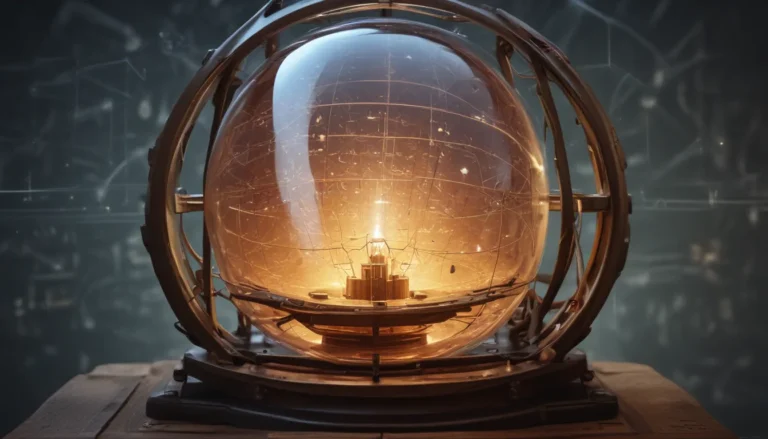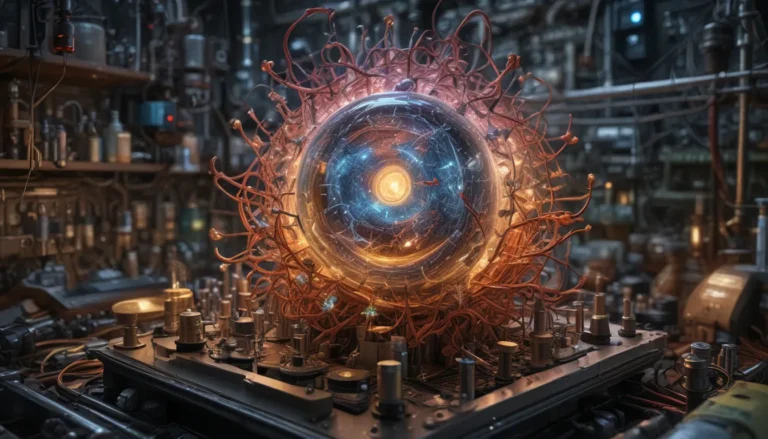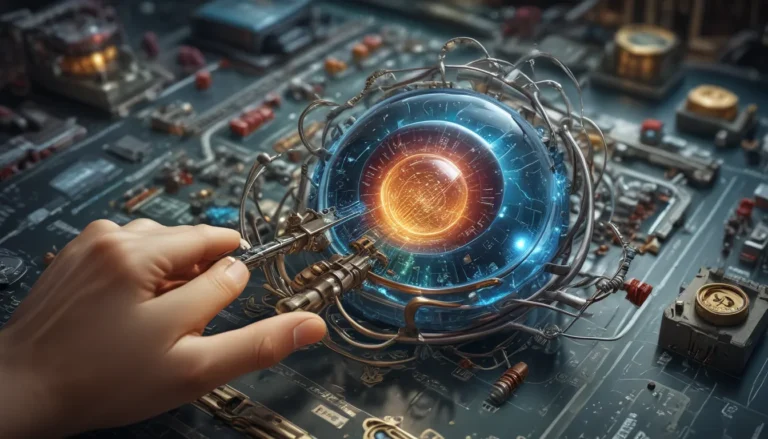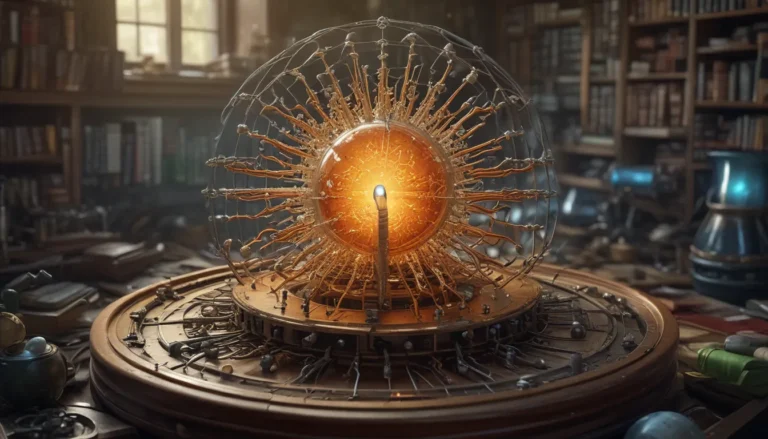A Note About Images: The images used in our articles are for illustration purposes only and may not exactly match the content. They are meant to engage readers, but the text should be relied upon for accurate information.
The Biot-Savart law, named after the French physicists Jean-Baptiste Biot and Félix Savart, is a cornerstone principle in the realm of magnetostatics. This fundamental law unveils the intricate relationship between electric currents and the magnetic fields they produce. Dive into the mesmerizing world of the Biot-Savart law as we uncover 20 captivating facts that will deepen your understanding of this vital concept.
Exploring the Origins of the Biot-Savart Law
-
Jean-Baptiste Biot and Félix Savart: These two pioneering physicists independently discovered the Biot-Savart law in the 19th century. It elucidates the magnetic field created by an electric current flowing through a conductor.
-
Fundamental to Magnetostatics: The Biot-Savart law provides a mathematical framework for calculating the magnetic field generated by a current-carrying wire at any given point in space.
The Intricacies of the Biot-Savart Law
-
Principle of Superposition: The law operates on the principle of superposition, allowing us to determine the total magnetic field at a point by summing up the individual contributions from multiple current-carrying wires.
-
Vector Equation: This fundamental law is a vector equation, taking into account the direction of the current and the position vector from the wire to the point where the magnetic field is being measured.
Applications of the Biot-Savart Law
-
In Various Fields: The Biot-Savart law finds applications in diverse scientific and engineering domains, from magnetic levitation to the design of magnetic sensors.
-
In Medical Imaging: The law plays a pivotal role in the field of medical imaging, particularly in Magnetic Resonance Imaging (MRI), where it helps determine the strength and distribution of magnetic fields.
Insight into the Practicalities of Biot-Savart Law
-
Maxwell’s Equations: The Biot-Savart law is a part of Maxwell’s Equations, a set of fundamental equations in classical electromagnetism that describe the behavior of electric and magnetic fields.
-
Biological Systems: Researchers utilize the Biot-Savart law to analyze the magnetic fields produced by biological systems, offering insights into phenomena like the magnetic field of the brain and the heartbeat.
Unveiling the Potential of the Biot-Savart Law
The Biot-Savart law serves as an indispensable tool for understanding the behavior of magnetic fields and their interactions with electric currents. By delving deeper into this concept, scientists and engineers can unlock new possibilities for scientific advancements and technological innovations, ultimately harnessing the power of magnetism for the betterment of society.
FAQs: Unraveling Common Queries
-
What is the Biot-Savart Law of Magnetostatics? The Biot-Savart Law explains the relationship between electric currents and the magnetic fields they generate.
-
Who discovered the Biot-Savart Law? French physicists Jean-Baptiste Biot and Félix Savart independently discovered the law in the early 19th century.
-
Are there any limitations to the Biot-Savart Law? The law assumes steady currents and static magnetic fields, which may limit its applicability in dynamic phenomena.
Explore the enchanting realm of the Biot-Savart law and witness the fusion of innovation and creativity in the field of electrical engineering. Whether you’re a curious learner or a seasoned professional, these mind-bending facts will fuel your passion for science and spark your intellectual curiosity. Join us on a journey of discovery as we unravel the wonders of magnetism and its profound impact on our daily lives. Get ready to be inspired and amazed by the limitless possibilities that await in the world of electromagnetism.






